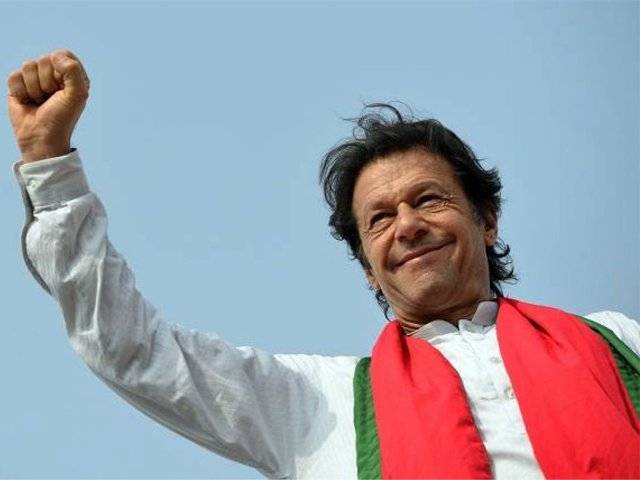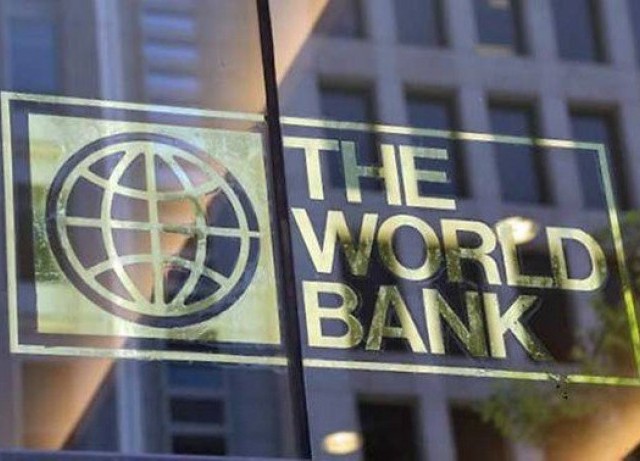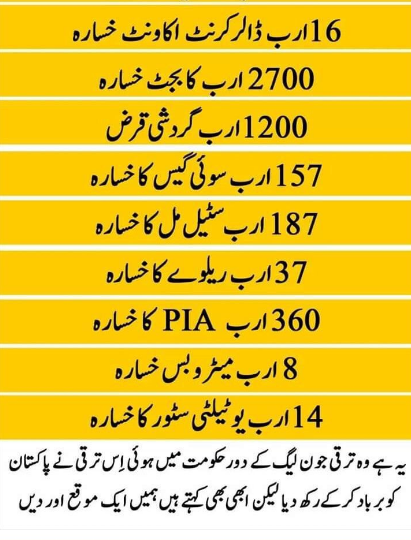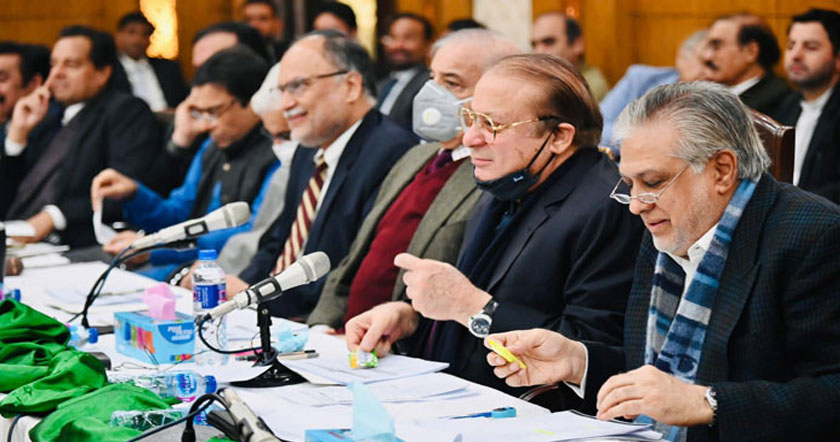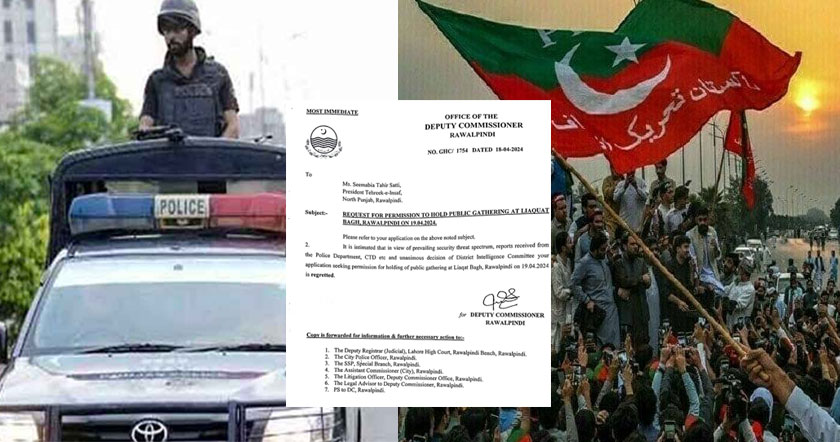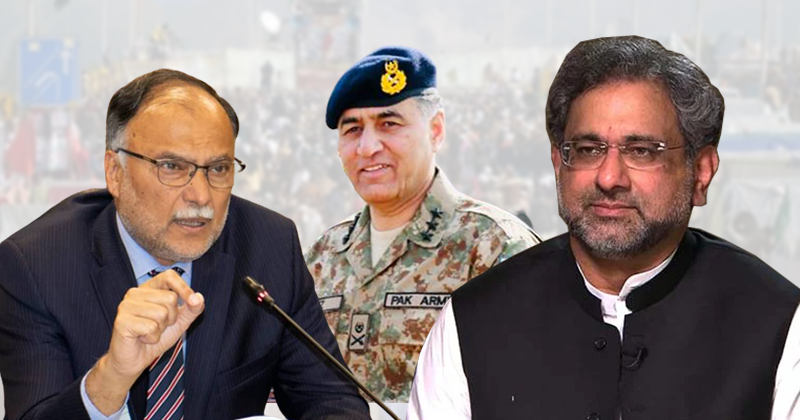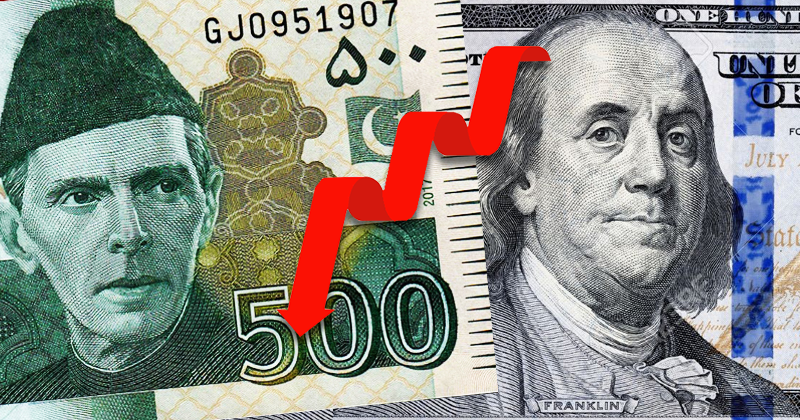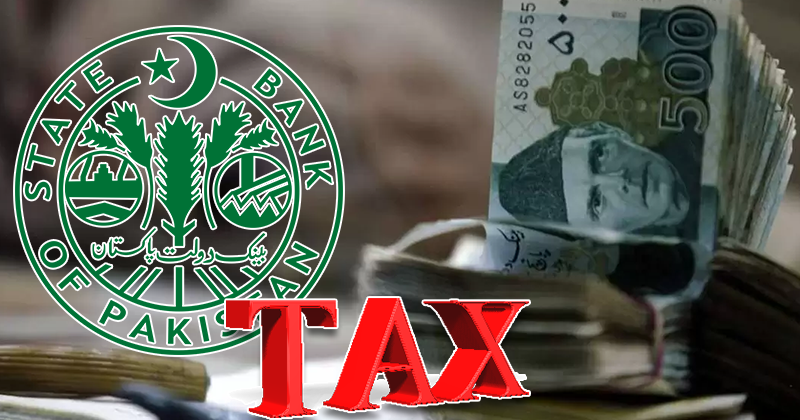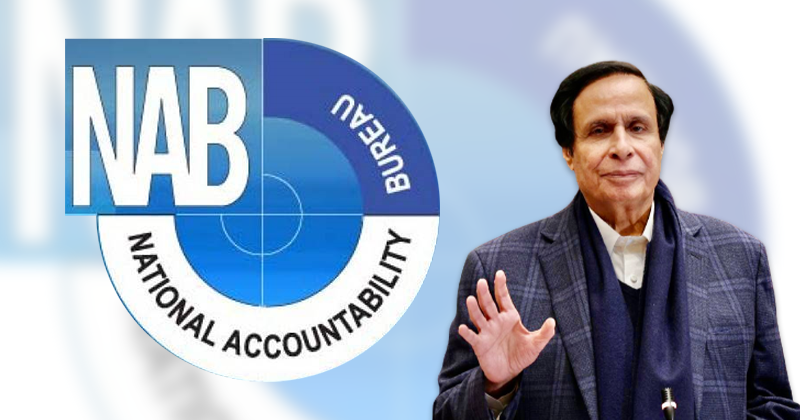ISLAMABAD:
The World Bank has cut Pakistan’s economic growth forecast for the next two years and also projected that Prime Minister Imran Khan’s government would miss inflation, public debt, and fiscal deficit reduction targets.
The findings that the WB reported in its annual flagship report, the South Asia Economic Focus Fall 2019, have underpinned challenges that the government will face at least till the end of the third year in power. The WB also said Pakistan’s economic behaviour is different than all the other South Asian nations.
Despite significant devaluation, the WB still sees the Pakistan rupee overvalued by the end of September by approximately 4.8%. It has shown the Real Effective Exchange Rate at 104.8 – an insertion that independent economists do not accept who currently see the rupee undervalued after significant devaluation by the Pakistan Tehreek-e-Insaf (PTI) government.
The report, released from Washington on Sunday, predicted that for the first time since 2001 Pakistan’s progress towards poverty reduction would ‘stall’ due to macroeconomic adjustments initiated under the $6 billion 39-month International Monetary Fund (IMF) programme. Prime Minister Imran has already opened a public ‘Langar’ scheme to help poor people get a two-time free meal.
The bad news to miss key macroeconomic targets, except current account deficit, came a day after the PM’s Finance Adviser Dr Abdul Hafeez Shaikh announced that the government brought the trade and fiscal deficits under control during the first quarter of this fiscal year.
Pakistan, like many South Asian countries, is growing half of its potential¬ and in the fiscal year 2019-20, it would grow at a rate of only 2.4%, according to the WB report. The forecast is in line with the Ministry of Finance and the IMF projections.
“In Pakistan, growth is projected to deteriorate further to 2.4% this fiscal year, as monetary policy remains tight, and the planned fiscal consolidation will compress domestic demand,” said the WB.
It added that economic growth is expected to recover slowly, to just 3% in the next fiscal year 2020-21, as macroeconomic conditions improve and external demand picks up on the back of structural reforms and increased competitiveness.
The WB said the IMF programme is expected to help growth recover from the fiscal year 2021-22 onwards. But this recovery is conditional to relatively stable global markets, a decline in international oil prices and reduced political and security risks. In April, the WB had predicted Pakistan’s economy to grow by 2.7% in this fiscal year and 3.9% in the next fiscal year.
Poverty
“Progress in poverty reduction is expected to be limited during the macroeconomic adjustment period,” said the WB. It said progress in poverty reduction, “which was uninterrupted since 2001, is expected to stall during the macroeconomic adjustment period, due to decelerating growth and higher inflation rates”.
The poverty headcount, measured using the USD 1.90 per person per day international poverty line, is projected to remain at the last fiscal year level of 3.1%. The poverty measured using the USD 3.2 line is expected to decline from 31.4% last year to 31.2% in FY20, while poverty measured using the USD 5.5 poverty line is projected at 72.5% in this fiscal year, compared to 72.6% in last fiscal year.
The report underlined that vulnerable households’ ability to weather the economic impact of the crisis will depend critically on the inclusiveness of growth, food and non-food inflation, and the resilience of sectors relevant for their employment, agriculture, construction, and wholesale/retail trade. However, the report said the government would miss all these sectorial targets for this fiscal year.
Public debt
Against the Ministry of Finance’s target to bring the public debt down to 77.6% of GDP, the public debt-to-GDP ratio is expected to remain high at 82.9% of the GDP in this fiscal year, said the WB. This ratio is far higher than the parliament’s approved statutory limit of 60% of the GDP.
The WB report noted that even in the next fiscal year, the public debt to GDP ratio would remain at 80.8%, increasing Pakistan’s exposure to debt-related shocks.
It added fiscal consolidation across the federation will be needed for the public debt to decline, but the debt to GDP ratio is not expected to fall below 70% of GDP – the debt burden benchmark for high risk emerging markets – over the medium term.
“Pakistan’s debt vulnerabilities will remain high due to large foreign currency debt amortizations and sizeable refinancing of short-term domestic debt,” said the report.
It has advised Pakistan to restore external sector buffers, especially since turbulence in global financial markets could affect Pakistan’s access to private external financing; and the weakening global economy and rising trade tensions could dampen external demand.
Inflation
The WB said inflation is expected to rise in this fiscal year to 13% – higher than the State Bank of Pakistan’s (SBP) target rate and its forecast of 11-12%. The increase in prices will be driven by the second-round impact of exchange rate pass-through to domestic prices.
Twin deficits
The current account deficit is expected to decline to 2.6% of GDP in this fiscal year, which is in line with the government and the SBP’s targets. In the next fiscal year, the WB has projected a further reduction in the current account deficit to 2.2% of GDP due to “increased exchange rate flexibility” that it said will support a modest recovery in exports and rationalization of imports.
However, the consolidated fiscal deficit, even after including grants, is projected to reach 7.5% of the GDP or Rs3.3 trillion. This is higher than the official target of 7.1% of the GDP. In the next fiscal year too, the WB has projected 6.2% of the GDP budget deficit.
Pakistan’s behavior
The WB has highlighted certain factors that establish that Pakistan’s economy is going in the opposite direction when compared with regional economies. In the region, exports are going up, foreign direct investment is either higher or has remained flat, inflation is down and industrial production is increasing.
However, in Pakistan industrial production has contracted much earlier than in the rest of the world, as the country suffers a macroeconomic crisis. Other indicators like private sector credit are also slowing.
“The FDI flows, on the other hand, were mostly flat in South Asia, with Pakistan being the only exception with a continuous fall since 2018”. Inflation was below target in India and Sri Lanka, but above in Pakistan.
“South Asian nations are cutting interest rates while Pakistan, on the other hand, has now increased its main policy rate nine times since the beginning of last year.” The last increase took place in July, when the SBP increased its rate by 100 basis points to 13.25%, due to high inflationary and external pressures.
“Declining industrial production and imports, as well as tensions in the financial markets, reveal a sharp economic slowdown in South Asia,” said WB Vice President for the South Asia Region Hartwig Schafer.
He said as global and domestic uncertainties cloud the region’s economic outlook, South Asian countries should pursue stimulating economic policies to boost private consumption and beef up investments.
Country’s economic behaviour different than all SA nations, says WB report

tribune.com.pk


